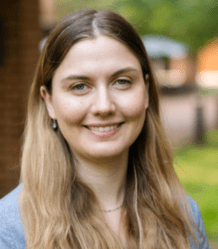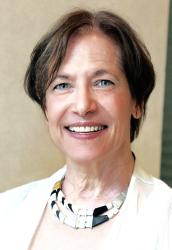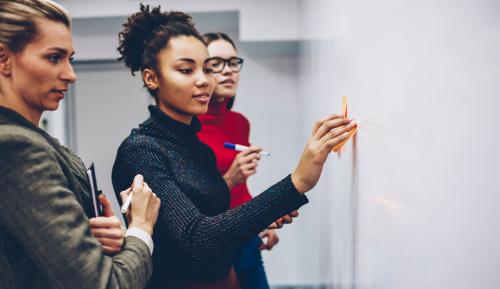Earlier this year, a Fortune Magazine headline proclaimed that “The next era of work will be about skills – not pedigree,” suggesting that employers are moving away from standard indicators of potential employee success, like college degrees and years of experience, and prioritizing tangible skills. At the same time, the rise in artificial intelligence (AI) bots that can write like Shakespeare and win art competitions has led to concerns that technology will make many current jobs obsolete. These changes represent a seismic shift in the future of the workplace. Rather than job-specific knowledge and skills, students will need to do what AI bots can’t do—be curious and creative.
There is no indication that our current education system is preparing students for this new reality. Fully 28 years ago, U.S. surveys revealed that kindergarten teachers knew that curiosity and creativity were even more predictive of later academic success than was teaching the alphabet or teaching how to count, and a more recent study provided evidence for this intuition. Yet, children report that curiosity is inconsistent with what they are expected to do in school, and observations of preschool and elementary classrooms support this report. Given this reality, some are asking how we fill the curiosity and creativity gap between what schools are doing and what the workplace needs for the future.
Curiosity occurs when a student experiences a gap in knowledge that motivates them to seek information to resolve their uncertainty. Creativity occurs when students generate novel and useful ideas or products. In both adults and children, evidence suggests that curiosity and creativity are related. Students who are more curious will also be more creative. Research also suggests specific actions that can be implemented in school classrooms to promote curiosity and creativity in students. Teachers can ask questions to help students recognize what they do and do not know and what could be learned. They can also model curiosity and comfort with uncertainty, by emphasizing that it is ok to not know the answer to something and fun to seek answers to their questions, and scaffolding strategies for information seeking. When teachers ask questions or give students a task, they then focus on the process of thinking and problem-solving, giving the time and space needed for students to think, question, and generate alternative ideas, rather than focusing on students reaching a single specific answer. Students also become more curious when they have the opportunity to come up with their own questions, but observations across 304 classrooms in the United States (including both preschool and upper-elementary lessons) found that students were never asked to generate their own questions.
Many teachers and schools already captivate students’ curiosity and provide the time and space needed to learn creatively, but these tend to be in schools where there is more flexibility and greater resources, leading to issues of equity. To scale these practices, teachers will need not only the support of their principals and administrators and families, but a rethinking of the education system by policymakers.
Education around the globe remains focused on narrowly construed measures of assessment—measures that leave little room for curiosity and creativity as teachers are required to spend their time teaching for a test so that students get one “right” answer. The result of this system, which was exacerbated by the additional challenges of COVID-19, is overburdened teachers and students trying to play a game of “catch-up” for the information they were supposed to have learned, leaving even less time for curiosity and creativity.
“Making Schools Work,” a recent book by Kathy Hirsh-Pasek and Roberta Golinkoff, lays out a road map for a new way forward for schools. The book presents scientific data and suggests that one way to transform the system is to teach in the way that human brains learn, to create active learning environments that are meaningful and engaging. Developing student curiosity and creativity will be central to that charge. Cultivating curiosity and creativity will lead to happier students who are more prepared to learn and meet the challenges of the future.
The Brookings Institution is committed to quality, independence, and impact.
We are supported by a diverse array of funders. In line with our values and policies, each Brookings publication represents the sole views of its author(s).









Commentary
What ChatGPT can’t do: Educating for curiosity and creativity
August 22, 2023